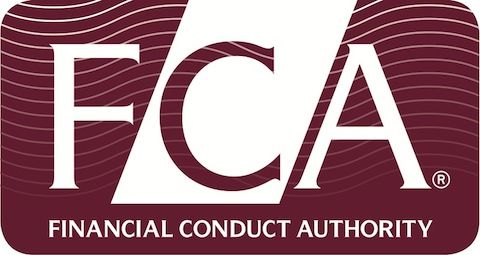
Rental yields in England and Wales increased from 5.9% in Q4 2021 to 6.2% in the last quarter of 2022, according to Fleet Mortgages.
Fleet suggests this reflects reflected increased rental yields in six out of 10 regions, with two others maintaining their yields of a year ago, and eight of 10 regions showing a quarterly increase.
Only Wales and the West Midlands showed no improvements in their yields of Q3 last year.
The North East of England retains its top regional rental yield figure for the tenth consecutive quarter.
The region showed a slight 0.2% dip compared to a year ago, while the North West and Yorkshire and Humberside move back into the top three.
Apart from the North East, the only other region to post a drop in annual yields was in the West Midlands.
Fleet highlights that a continued shortage of private rental sector (PRS) supply, set against the backdrop of significant tenant demand, was driving rents higher, with landlords having to factor in higher mortgage costs.
While buy-to-let (BTL) mortgage rates had continued to track lower in recent weeks, Fleet suggests that remortgaging landlords were likely to be paying more for their finance and this was likely to translate into the need for higher rents in order to cover these increases.
Fleet says yields could “fall back slightly but would remain strong” because of the supply-demand imbalance in the PRS which was unlikely to be resolved in the short- or medium-term.
Fleet Mortgage chief commercial officer Steve Cox says: “For the first time in well over a year we can see the vast majority of regions in England and Wales returning a significant annual and quarterly increase in rental yield levels, set against the backdrop of a PRS which is woefully short of the supply required to meet tenant demand.”
“Yields are strong right across the board with those in the North continuing to lead the way, while we have even seen increases in Greater London, which has tended to move in the other direction in the last few years.”
“This will be positive news for landlords, and we hope will give renewed confidence to them that – should they be able to make the numbers work – there is a well of tenant demand to be accessed and yields to be achieved.”
“However, the supply-demand imbalance in the PRS will have been exacerbated by the fallout from the ‘Mini Budget’, and the higher rates it brought in, although we are pleased to see buy-to-let mortgage rates have been on a downward trend in recent months, and Fleet has been able to cut our pricing in recent weeks.”
“The cost of mortgage finance has still increased over the period though, and this may well have resulted in a number of landlords – particularly those with just one or two properties – deciding to sell up.”
“It all adds up to a situation where some landlords are being forced to leave, some landlords are contemplating their future against a backdrop of increased costs, some landlords want to buy but supply of homes to purchase is low, and where overall there is clearly not enough properties for the tenant demand that exists and is growing.”
“There is good news in the form of a lender community with a strong appetite to lend, however, we may well need the Government to look again at its policies which are continuing to impact landlords and their ability to provide the PRS homes the country so desperately needs.”



